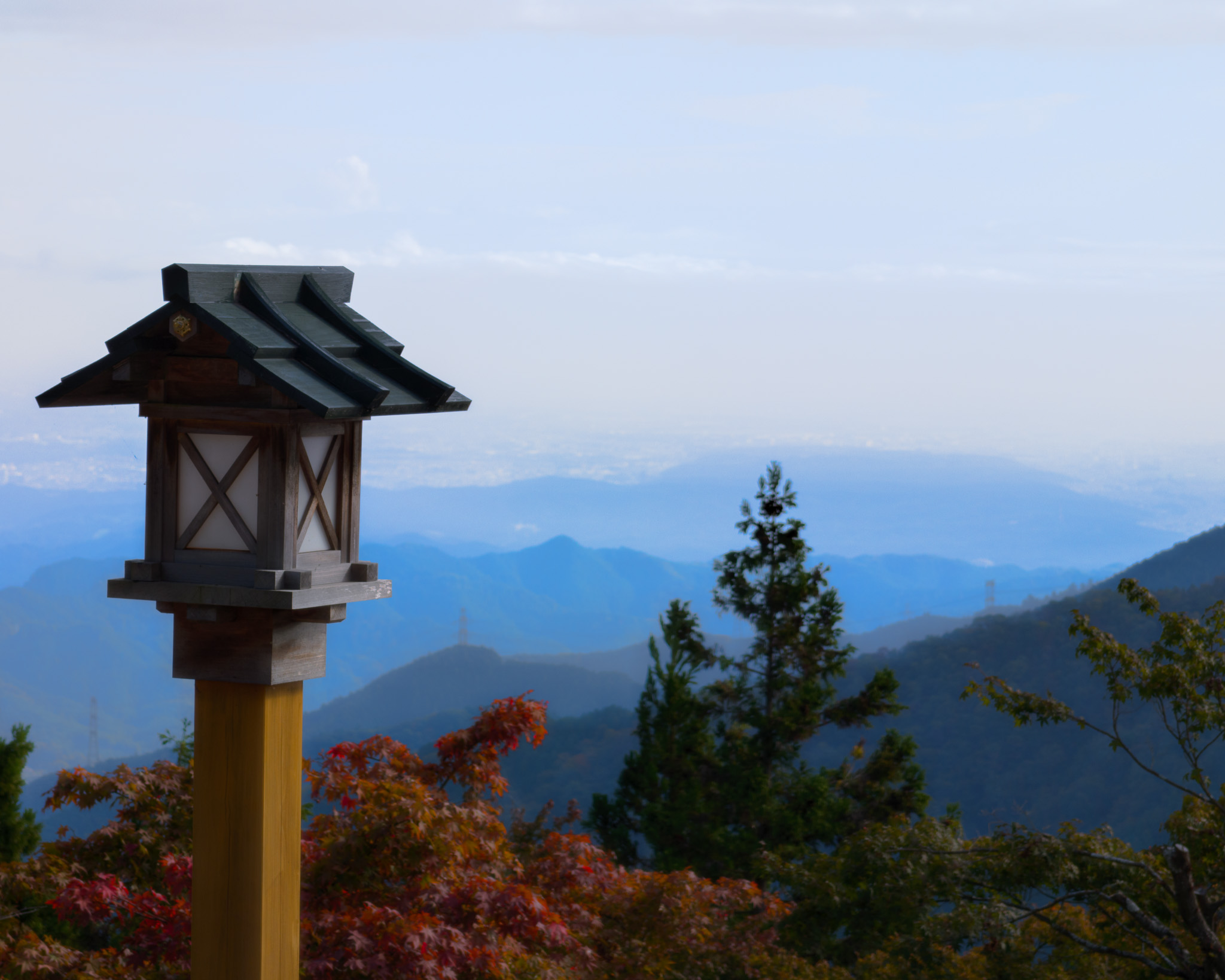
The innkeeper at Mount Mitake was a talkative woman who, during every meal, enthusiastically shared all sorts of things about the mountain—the exceptional quality of the water, how you could see Tokyo Bay and Kawasaki from the room, how adorable her Shiba Inu was, and so on.
I tried my best to understand her stories with my limited Japanese vocabulary, and realized that communication and language are two different skills. With just a handful of English words, plenty of Japanese, and a lot of gestures, she somehow managed to get about seventy or eighty percent of her message across to me.
The reason I came to spend a night at Mount Mitake was a fortunate coincidence—I had recently learned about the Orionid meteor shower. Lately, I'd had many interesting encounters related to the night sky, so I started looking for a place to watch the meteor shower. The peak viewing date was October 21st, but the weather forecast predicted clouds. I remembered visiting Mitake Valley before to scout bouldering spots and thought that Mount Mitake, with its minimal light pollution, would be a perfect place for stargazing. So I came up on a date that was still some distance from the optimal viewing day.
Of course, I didn't see the meteor shower (laughs).
The closest I got was when I was adjusting my tripod to photograph the crescent moon. Suddenly, out of the corner of my eye, I caught a bright streak cutting across the sky. Startled, I thought back on it but couldn't even be sure whether it was really a meteor. Every time I've had a chance to see shooting stars in my life, it's always been like this—just barely catching a glimpse. It seemed this time wasn't my lucky day either.
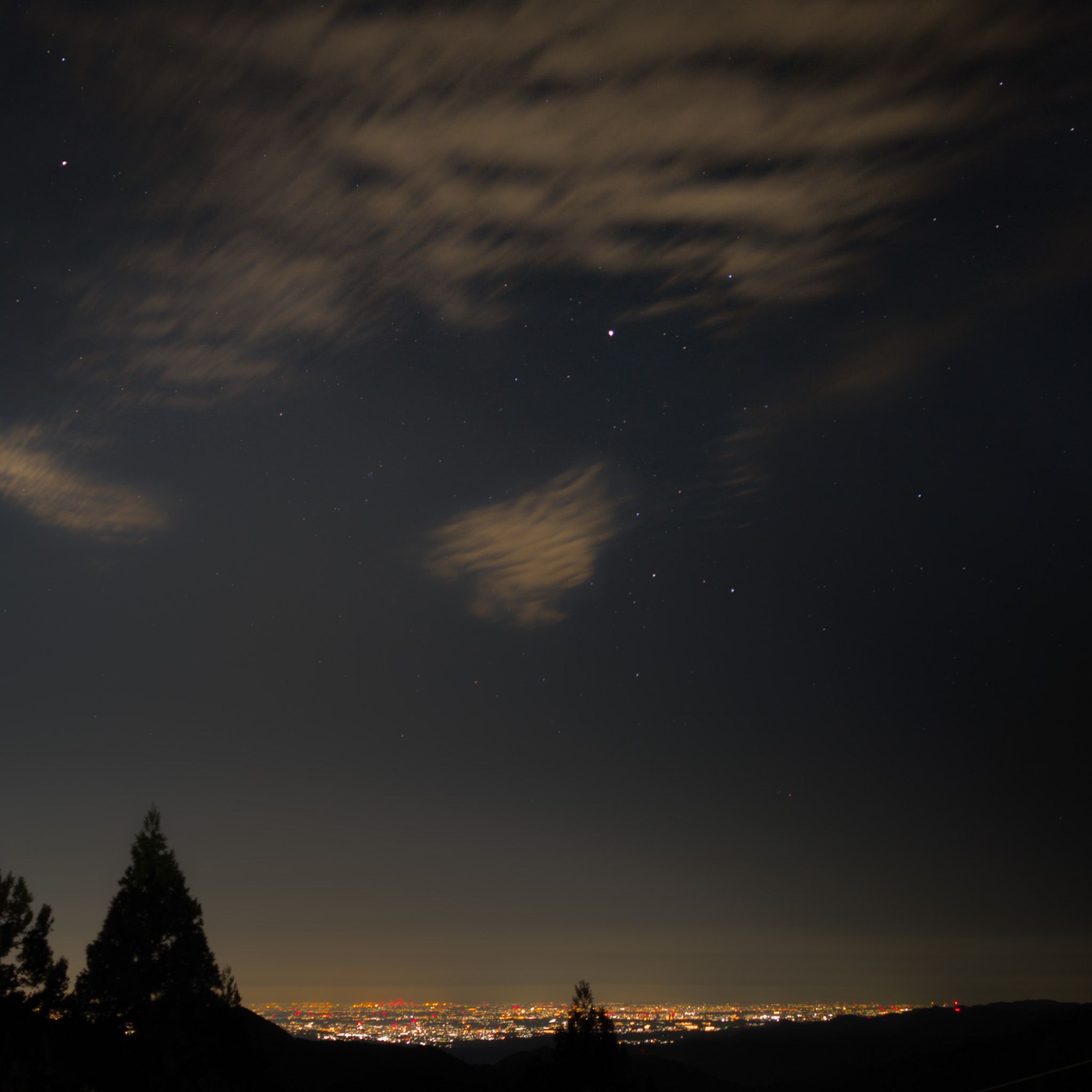
But I did have a sky full of stars. I moved the sofa next to the window and lay there gazing up at Orion until drowsiness crept in. I dozed off and woke several times before slowly crawling back to bed.
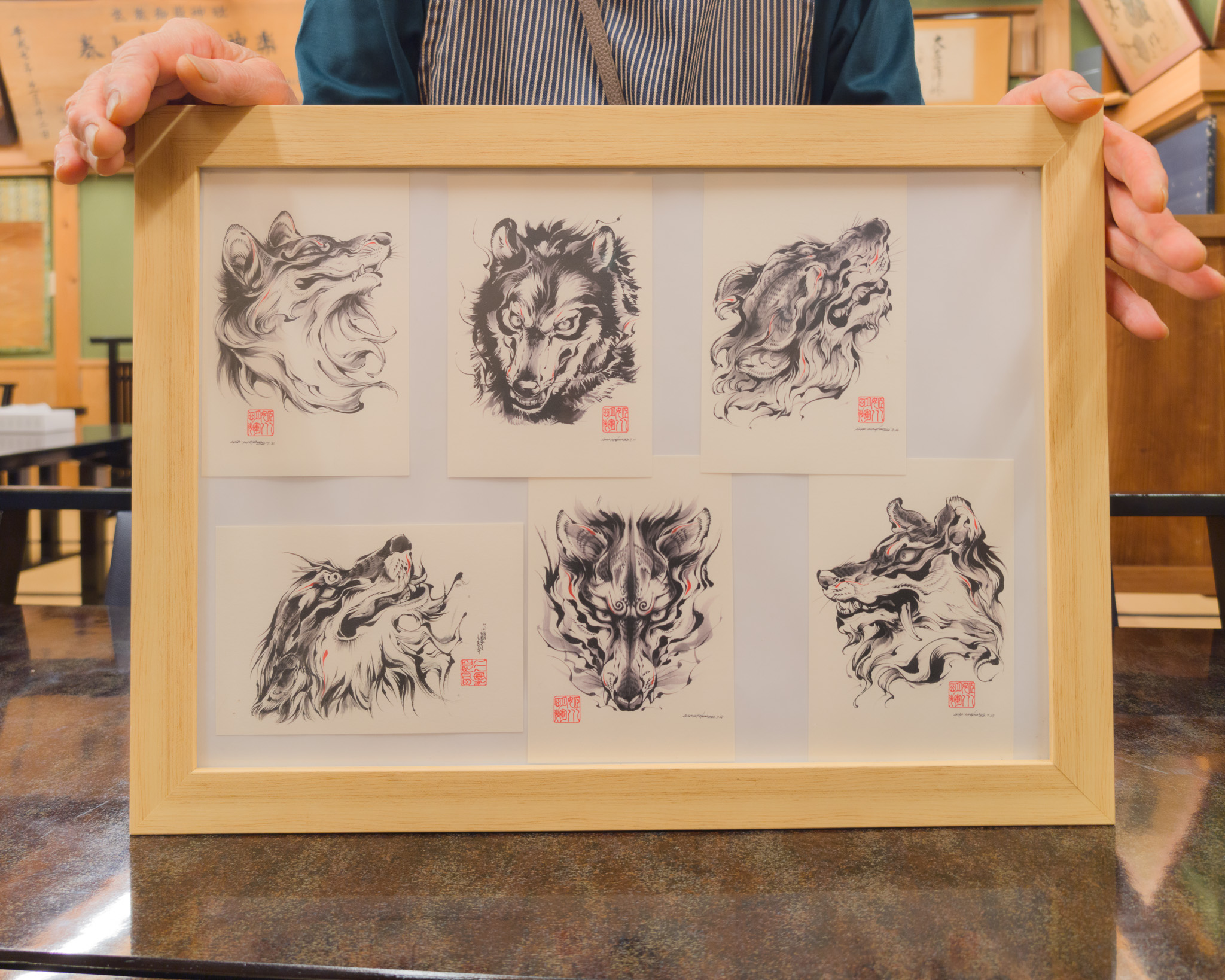
The next morning at breakfast, the innkeeper brought out a framed picture—six wolves rendered in ink-wash style. She explained it in great detail in Japanese, and all I caught was the word "Nintendo" appearing in the conversation. As I listened to her explain to the guest in the next room, I looked it up.
So wolves are called "Ōkami."
Isn't that the Japanese title of Capcom's Ōkami game?1 Gradually, I picked up on a few more keywords. Deer and boar eat the crops that farmers grow, but wolves eat these pests that trouble farmers. That's why wolves are worshipped as deities in this region, and the "Ōkuchi-no-Magami" enshrined at Mitake Shrine is the divine incarnation of the wolf.
That's why so many people bring their pet dogs (both are canines) to Mount Mitake to pray for their pets' health.
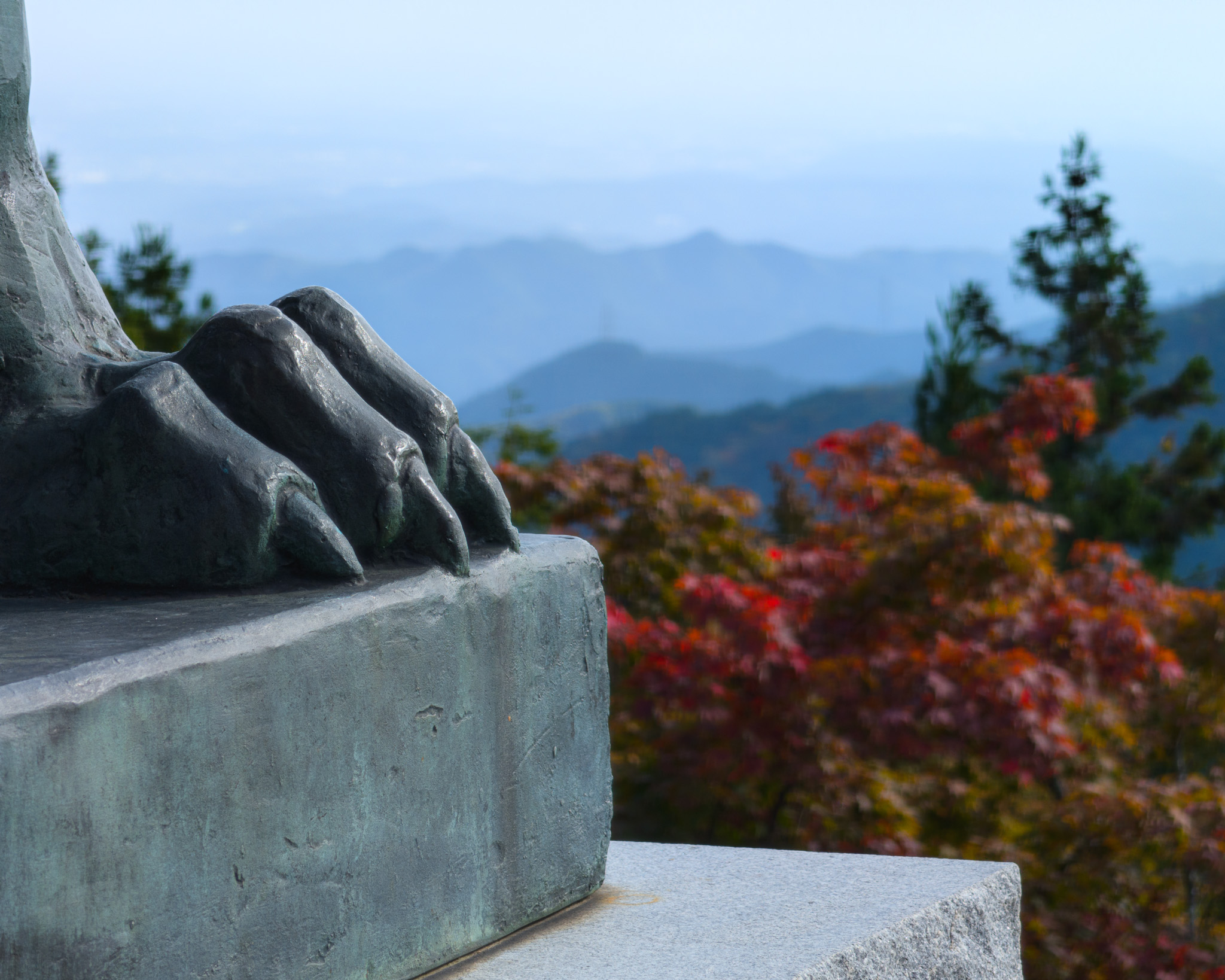
Later, I looked at several more wolf-related artworks in the inn. They really had the feel of Ōkami.
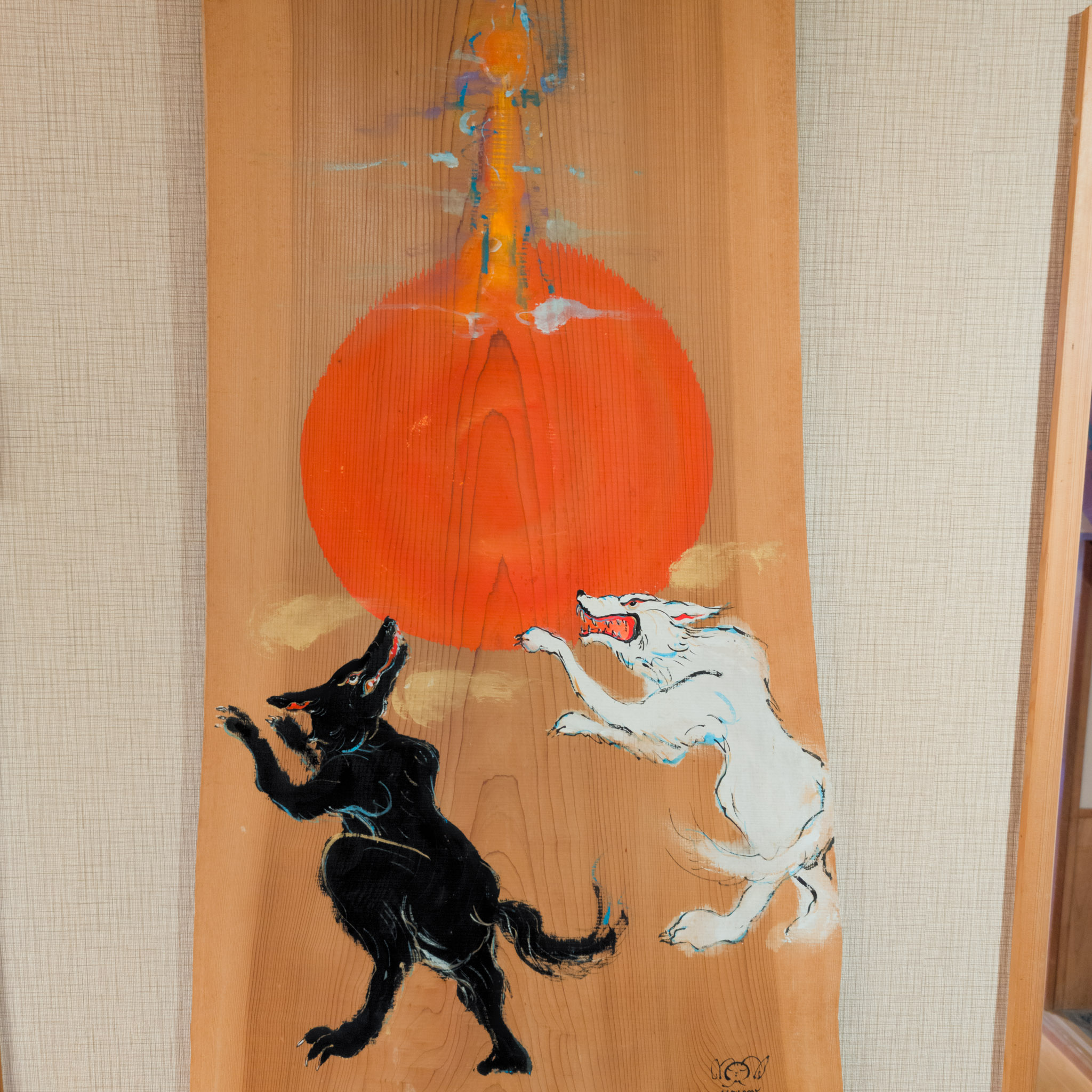
These kinds of coincidences are truly fascinating.
These memories originally just sat scattered in my mind, but certain things that feel especially novel or significant are like particularly bright stars in the night sky, so I give those stars names. And as interesting memories accumulate more and more, sometimes they unexpectedly connect with each other, and the connected stars become a constellation.
It's just that everyone has their own personal Orion. Even without meteors, that's pretty wonderful.
Footnotes
-
I later researched and found that Ōkami appears to draw from a broad range of wolf-related mythology rather than specifically referencing Mount Mitake's legends, but it's still delightful to connect memories that I find interesting. Those six paintings were the work of Akira Himekawa (姫川明輝), who is responsible for the official manga adaptations of Nintendo's The Legend of Zelda. ↩